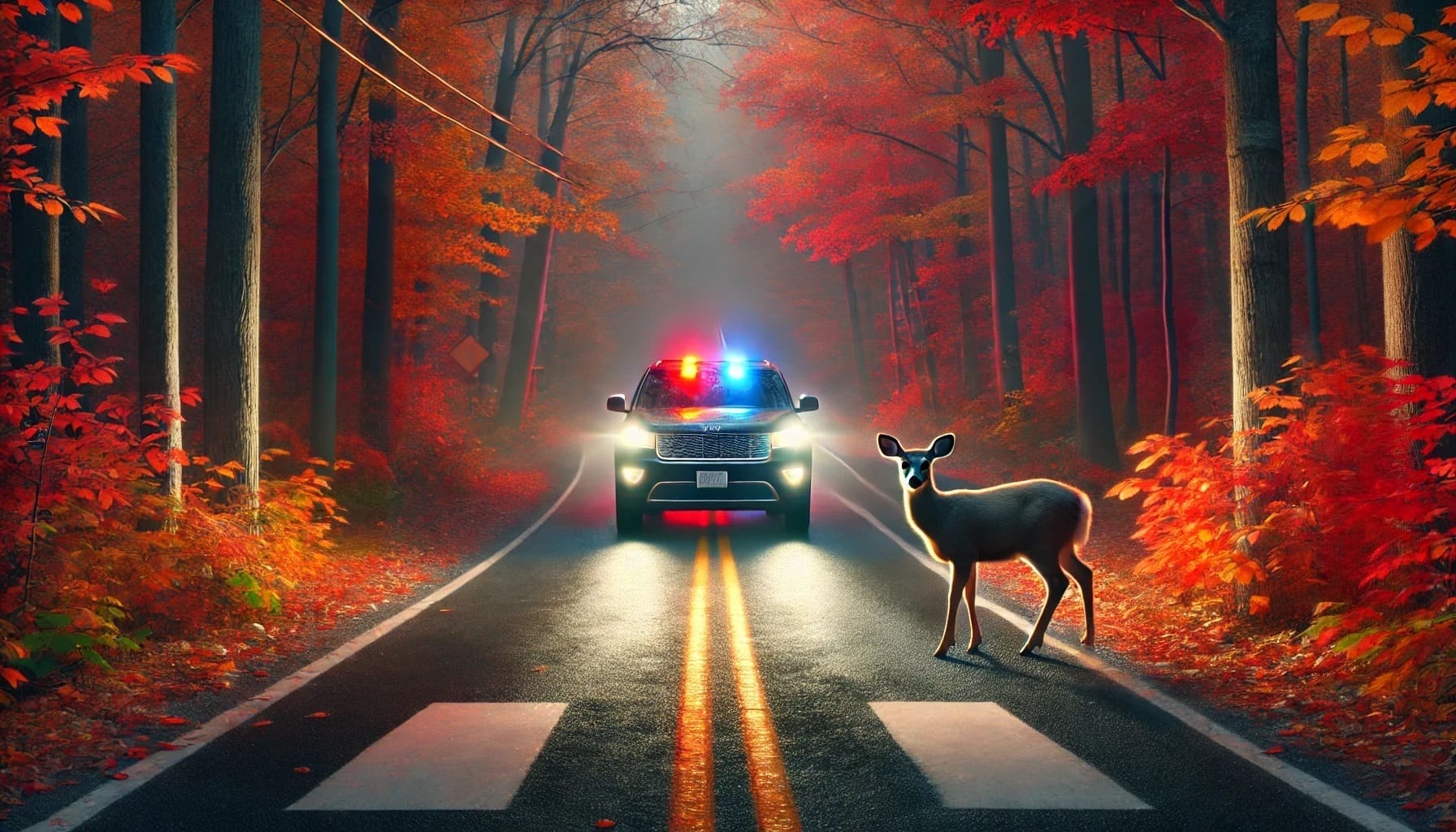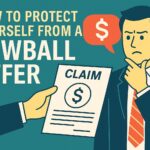Welcome back to our “Autumn Hazards on the Road” series! In our previous articles, we discussed driving on slippery roads due to fallen leaves and adjusting to earlier sunsets and reduced visibility. Today, we’re focusing on a seasonal hazard that poses significant risks to drivers—wildlife encounters on the road, particularly with deer during their mating season.
Why Autumn Increases Wildlife Activity on Roads
Autumn marks the peak of deer mating season, also known as the rut. During this time, deer are more active and less cautious, often venturing onto roads, especially during dawn and dusk. Combined with shorter daylight hours, this makes deer-vehicle collisions more likely.
Key Risk Factors
- Increased Activity: Deer are on the move more frequently during autumn, crossing roads as they search for mates.
- Reduced Visibility: Many wildlife encounters happen during low-light conditions, when deer are harder to spot.
- Rural and Suburban Roads: Areas with wooded surroundings or open fields are particularly prone to deer activity.
Tips to Avoid Wildlife Collisions
1. Stay Alert During Peak Hours
Deer are most active during dawn and dusk, so be extra cautious when driving during these times. Keep your eyes on the road and scan both sides for movement. Use high beams when possible (but not around other drivers) to increase visibility.
2. Reduce Your Speed
Slowing down gives you more time to react if an animal suddenly crosses your path. In areas with posted deer crossing signs, reduce your speed further and be prepared to stop quickly.
3. Use Defensive Driving Techniques
- Don’t Swerve: If a deer crosses in front of you, brake firmly and stay in your lane. Swerving can lead to losing control of your vehicle or hitting another car.
- Watch for Herds: Deer often travel in groups. If you see one, more are likely nearby. Stay vigilant even after the first deer has crossed.
4. Use Your Horn
If you spot a deer on or near the road, honking your horn can help scare it away. A long, steady blast is more effective than multiple short honks.
Preparing Your Vehicle for Wildlife Hazards
1. Keep Your Windshield Clean
A clean windshield helps reduce glare and improves visibility, especially in low-light conditions when deer are harder to see.
2. Check Your Brakes and Tires
Ensure your brakes and tires are in top condition to handle sudden stops. Good tire traction is essential for maintaining control if you need to brake abruptly.
3. Use Your High Beams
When driving in rural areas or on dark roads, use your high beams to spot animals earlier. Just remember to switch to low beams when approaching other vehicles.
What to Do If a Collision is Inevitable
Sometimes, despite your best efforts, a collision with wildlife may be unavoidable. Here’s how to minimize damage and stay safe:
- Brake Firmly and Stay in Your Lane: Attempting to swerve could result in a more severe accident.
- Grip the Steering Wheel Tightly: Keep control of your vehicle as much as possible.
- Pull Over Safely After the Collision: Turn on your hazard lights and assess the situation. Do not approach the animal, as it may still be alive and could react unpredictably.
- Contact Authorities: Report the collision to local law enforcement or wildlife officials. They can handle the situation and advise you on next steps.
- Document the Damage: Take photos of your vehicle and the accident scene for insurance purposes.
Protecting Wildlife and Yourself
While the primary goal is to avoid accidents, it’s also important to consider wildlife safety:
- Drive Slowly in Wildlife-Prone Areas: Being mindful of your speed can protect both animals and drivers.
- Support Local Conservation Efforts: Many organizations work to reduce wildlife-vehicle collisions through signage, fencing, and other measures.
Conclusion: Sharing the Road with Wildlife
Autumn is a beautiful time of year, but it also comes with unique hazards on the road. By staying alert and following these tips, you can reduce the risk of wildlife encounters and ensure a safer driving experience.
Stay tuned for our next article in the “Autumn Hazards on the Road” series, where we’ll discuss preparing your vehicle for cooler weather. If you or someone you know has been involved in a wildlife-related accident, Stillman & Friedland Attorneys are here to assist. Call our Nashville office at 615-244-2111 for a free consultation or reach out through our live chat or online contact form.
Because we care…
Stillman and Friedland







